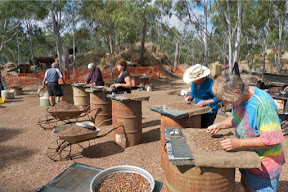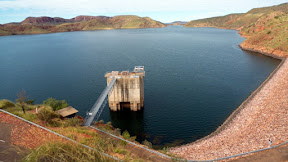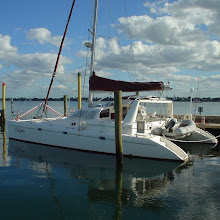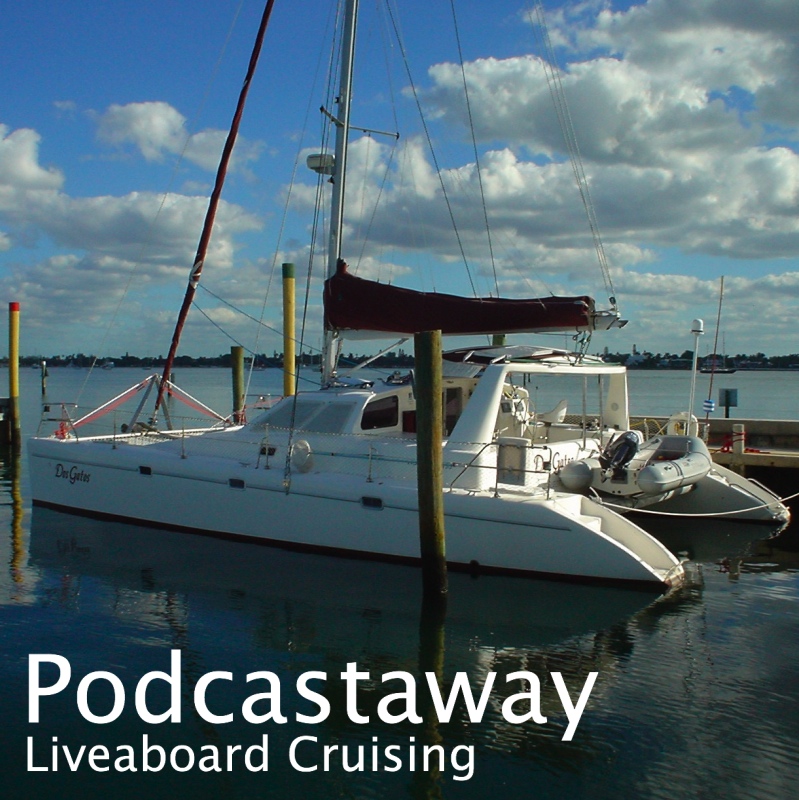Advanced Mining Equipment

This piece of mining plant was on another claim at WIllows Gemfields. It’s designed to riddle the gravel and sand mixture to separate the gemstone sized pieces. It looks like it could use some maintenance.
Fossicking licenses are in levels:
- To use mechanical equipment (like this, I assume) you need to stake a claim to a specific spot and get a permit.
- A Fossicking License permits one to use hand tools only and dig to a depth of no more than one meter, anywhere in the General Fossicking Areas.
- You can wander around looking for stones on the surface (’Specking’ or ‘Emu Bopping’) without a license.




















 (Atom)
(Atom)